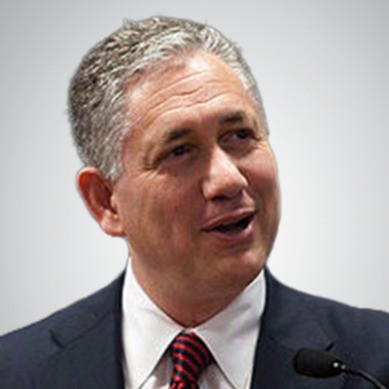Stuart Piltch on How Smarter Benefits Lead to a Healthier, Happier Workforce
Stuart Piltch on How Smarter Benefits Lead to a Healthier, Happier Workforce
Blog Article
Worker advantages have long been a vital factor in attracting and retaining ability, but lately, the focus has moved toward marketing all around health and well-being. Stuart Piltch, a recognized leader in healthcare consulting and Stuart Piltch Scholarship technique, are at the lead with this transformation. His modern method of developing worker advantages applications aims not merely to offer insurance but also to boost the physical and intellectual health of employees.

The Shift Toward Holistic Employee Benefits
Usually, employee benefits focused primarily on medical insurance and retirement plans. However, Piltch has recognized that modern workforces require more comprehensive support. His method combines physical health, psychological health, economic wellness, and work-life stability into a simple logical strategy.
“Health is not merely about doctor visits and medications—it's about how employees feel at work, their pressure levels, their financial balance, and their capacity to steadfastly keep up a work-life stability,” Piltch explains.
That change shows an increasing knowledge that employee health and productivity are closely linked. Healthiest personnel are more employed, skip less workdays, and subscribe to an even more good and collaborative function environment.
Innovative Benefits Methods
Piltch's worker benefits applications were created with both employer's budget and the employee's wants in mind. Some of his crucial techniques include:
1. Improved Emotional Health Support
Recognizing the raising influence of emotional medical issues, Piltch has advocated for expanding access to psychological wellness resources. His benefits ideas often contain:
- Free or low-cost treatment sessions.
- Access to mindfulness and strain administration programs.
- 24/7 psychological wellness hotlines.
2. Wellness Incentives
Piltch's programs include incentives for personnel to participate in balanced behaviors. For instance:
- Fitness center membership reimbursements.
- Financial benefits for standard health checkups.
- Step difficulties and wellness competitions.
3. Telemedicine and Electronic Attention
Piltch has been an earlier advocate for telemedicine, ensuring that employees have access to healthcare experts anytime, anywhere. Electronic care reduces the buffer to seeking support and encourages personnel to handle health issues early.
4. Economic Wellness Programs
Knowledge that economic pressure affects overall health, Piltch has integrated financial literacy programs into advantages packages. These programs contain:
- Debt counseling and budget planning.
- Retirement planning assistance.
- Staff stock purchase plans.
5. Variable Function Measures
Piltch in addition has worked with organizations to implement variable work policies that promote greater work-life stability, such as for instance:
- Remote perform options.
- Variable hours.
- Paid emotional wellness days.
Data-Driven Approach to Worker Advantages
One of many unique facets of Piltch's strategy is his utilization of data to fine-tune advantages programs. By examining worker health developments, advantages use, and feedback, Piltch helps companies modify their choices to generally meet the evolving needs of these workforce.
“Advantages aren't static—they should evolve with the workforce,” Piltch says. “The important thing is hearing employees and applying information to produce a plan that really supports them.”
The Effect on Staff Health and Business Achievement
Piltch's innovative benefits applications have led to measurable changes in both staff health and business performance. Companies that have adopted his methods report:

- Higher worker pleasure – Employees feel appreciated and supported.
- Decrease absenteeism – Increased wellness contributes to fewer ill days.
- Increased productivity – Workers are far more aimed and engaged.
- Greater preservation costs – Employees are more likely to stay with firms that support their well-being.
Conclusion
Stuart Piltch Scholarship's way of worker advantages presents a shift toward a more holistic and individualized model of employee care. By addressing bodily, mental, and economic health together, Piltch helps companies produce a wholesome, more involved workforce. His data-driven strategies make certain that staff benefits remain successful and appropriate, contributing not just to specific well-being but also to over all business success.
Report this page